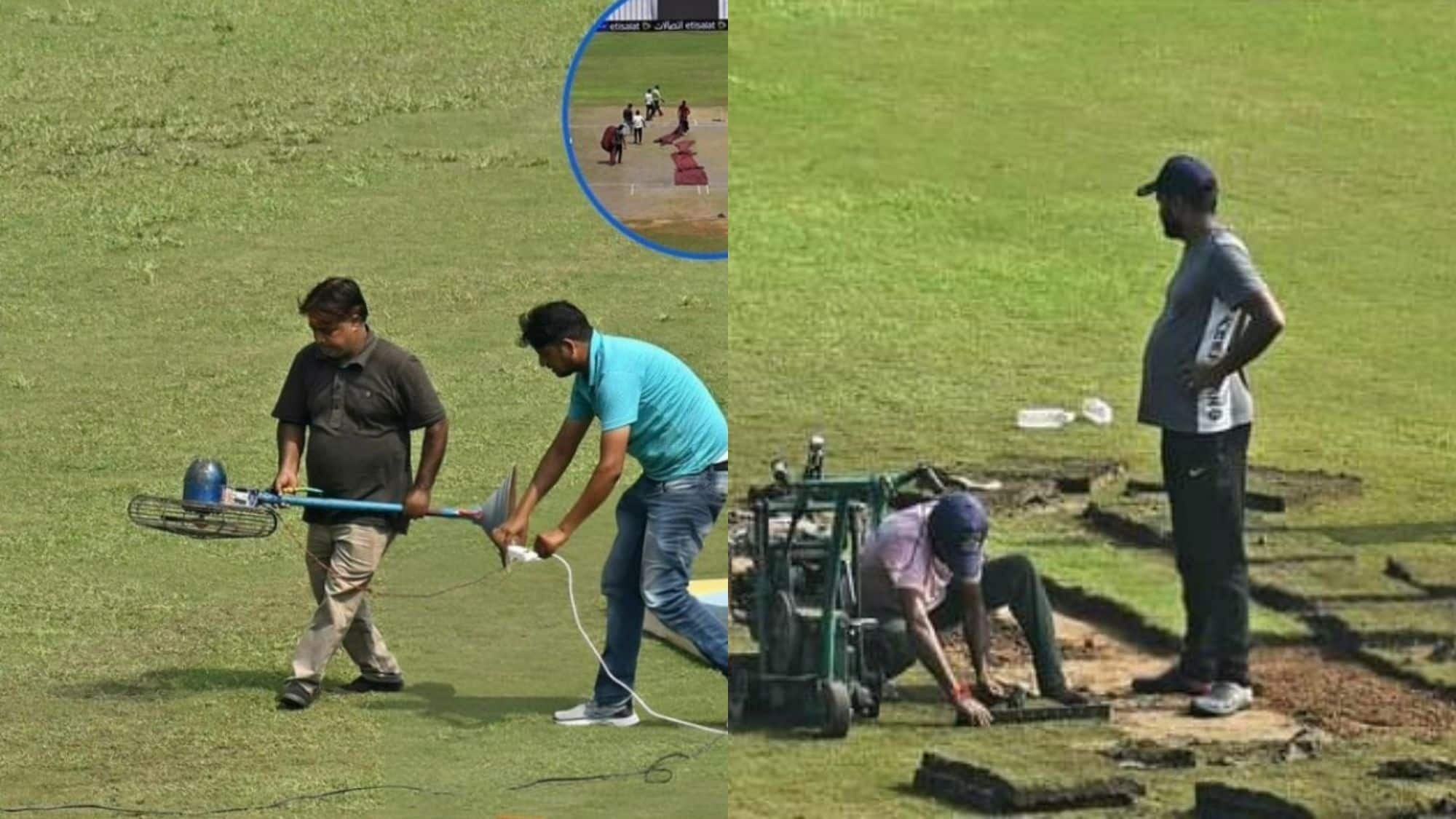The Unfortunate Delay of the Historic Test Match
The much-anticipated one-off Test match between Afghanistan and New Zealand in Greater Noida is embroiled in controversy as it enters its third day without a single ball bowled. Originally scheduled to commence on Monday, the match faces considerable jeopardy due to a wet outfield, raising significant concerns about player safety. Despite minimal rainfall in the area, the conditions have yet to improve sufficiently to allow play to begin.
Weather and Ground Conditions
On the evening prior to the scheduled start, a brief shower impacted the ground, but there has been no rain at all on the second day. Nevertheless, umpires made the contentious decision to cancel play for the day, citing safety concerns regarding the outfield’s condition. Specific sections, particularly the mid-on and midwicket areas, have drawn particular scrutiny.
Efforts to Improve the Outfield
To address the situation, groundsmen were witnessed attempting to remedy the wet patches by transporting dry grass from the practice area and laying it onto the main field. Videos of these actions have quickly circulated online, sparking criticism and disbelief from cricket fans and observers alike. Additionally, makeshift methods, such as the use of table fans to help dry the grass, have only added to the farcical nature of the preparations.
Social Media Outrage
The circumstances surrounding the match have not gone unnoticed on social media, with numerous users expressing outrage at the apparent mismanagement of facilities. Comments have ranged from disbelief at the state of the stadium—which some have deemed unfit even for informal street cricket—to the revelation that catering staff were reportedly using tap water from washroom facilities for food preparation. This has led to a significant backlash, prompting hashtags like #AFGvNZ and #ShameOnIndia to trend on various platforms.
Feedback from Cricket Authorities
The decision to hold the match in Greater Noida was made by the Afghanistan Cricket Board as an effort to ensure better connectivity with Delhi and Kabul. However, this choice is now under scrutiny. An official from the Afghanistan Cricket Board expressed disappointment, asserting that conditions are not adequate and indicating that they would prefer to select a different venue, such as Lucknow, for future matches. The official highlighted a lack of basic facilities, inadequate training resources, and general mismanagement, stating that even the players are dissatisfied with the arrangements.
Conclusion
As the hours pass with no gameplay in sight, the integrity of the venue is under fire, illustrating the challenges of hosting international cricket matches in establishments lacking necessary infrastructures. With heightened expectations for player welfare and quality conditions, it remains to be seen how this situation will affect future engagements between Afghanistan and other cricketing nations.












